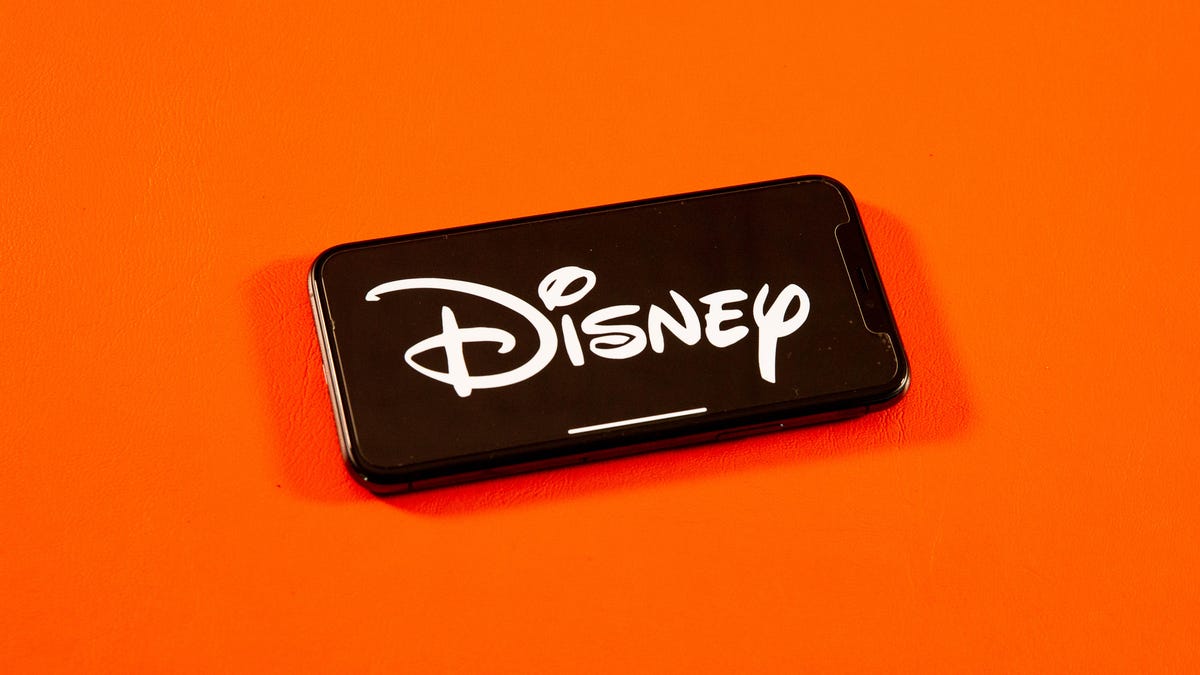Emails are not like websites. In particular, figuring out how to create responsive email headers is a big challenge. In part, because email is an antique. With no modern flexbox or grid layouts, email relies on tables and inline CSS, resulting in inconsistent client support.
Attempting to code emails the old-fashioned way is difficult because responsive design must adapt to different screen sizes on desktop and mobile. Without the full arsenal of HTML and CSS, email headers with weirdly stretched logos, navigation elements that hide, and badly cropped hero images are just the tip of the iceberg.
Pull up a chair to the <table>, and I’ll let you in on some proven strategies to get your responsive email headers playing nicely across Gmail, Outlook, Apple Mail, and anything else you can throw at it.
Is it really that important to create responsive email headers in 2025?
Responsive email headers are important because you always want to put your best face forward. The email header is likely the first above-the-fold content your readers get the chance to see. It can totally set the tone before a subscriber even skims the first lines.
Best case scenario:
- The email header renders correctly
- Logo’s sharp
- Navigation is present and tappable
- Images and CTAs are all behaving accordingly
And you’ve nurtured trust while sending your readers sliding down the page. But, what might cross your mind if you see a broken email junking up your inbox? I would bail. If the creator can’t be bothered with testing, why should I even try to read it?
So, with something like half of email opens happening on mobile, getting this right is non-negotiable. Without a properly responsive email header, you risk putting off half your audience.
What makes a responsive email header?
A great responsive email header looks great everywhere. It shouldn’t matter if it’s desktop, mobile, or on the fridge. Success hinges upon your design’s ability to stay appealing and functional at any scale. Responsive design needs to be ready for any size screen, especially for key elements:
- Logos: Should be high-resolution images so they can scale and remain sharp. Don’t embed text in logos. It doesn’t scale nicely.
- Navigation: Keep links to a minimum and space for touch. Collapse extra items into the body if needed.
- Hero images: Crop for mobile to make sure the main subject stays visible on smaller screens.
- CTAs: Use large, touch-friendly buttons with ample padding and clear contrast.
A simple, mobile-first setup for these core elements avoids the most common rendering failures
Best email header dimensions and layout
A great responsive email header starts with practical dimensions and a predictable layout. Consider these general guidelines:
- Width: 600–700px is the safest standard across all major email clients.
- Logo: Use scalable images (SVG where supported, PNG fallback) and limit proportions.
- Typography: Stick to web-safe fonts with clear fallbacks.
- Navigation: Limit to 2–3 links so they stay tappable on smaller screens.
- Images: Set to scale fluidly with the screen or container size. Don’t forget to check how cropped images look on smaller screens.
Designing with a mobile-first mentality keeps the layout lightweight and helps prevent the most common issues that tend to appear during testing.
Common responsive email header mistakes
Next time you’re scrolling through emails, watch the headers for these rookie mistakes.
- Overloaded headers: Too many links or stacked elements make layouts unusable.
- Text inside images: Could break in dark mode, limits accessibility, and generally doesn’t scale gracefully.
- Ignoring dark mode: Logos, icons, buttons, your promo code. It can all disappear if you don’t provide instructions on how to render in this increasingly common scenario.
- Unsupported fonts: Always define safe fallbacks to avoid broken text.
Avoiding these issues is the first of many steps to keep your header looking and working well across devices.
How to code a responsive email header (with example)
There’s a problem with coding emails in general, and that is their reliance on dinosaur email code. Being limited to tables for layout feels a little nostalgic, but modern CSS isn’t widely supported. So, we’ll need to hop in a time machine and go over some old-school methods to make sure tables stay in their lane.
Responsive email header design: Example of a responsive logo
Here’s an example of how to create a responsive header with a logo, with a few tricks to make sure everything looks good on Gmail and Outlook. In this case, the idea is to
One of the first hurdles to creating a responsive email header is getting your logo to display correctly across screen sizes.
This example uses a <table> instead of <div>. Email clients usually strip <style> blocks and class selectors, so this responsive layout relies on inline styles.
<table role="presentation" width="100%" cellpadding="0" cellspacing="0" border="0" style="border-collapse:collapse;">
<tr>
<td align="center" style="padding:0;">
<!-- Optional: wrap the logo in a link -->
<!-- <a href="https://example.com" style="text-decoration:none;"> -->
<img
src="https://yourSite.com/300x80.png?text=Logo"
width="150"
height="40"
alt="Brand Logo"
border="0"
style="display:block;width:100%;max-width:150px;height:auto;line-height:100%;outline:none;text-decoration:none;border:0;">
<!-- </a> -->
</td>
</tr>
</table>
What makes this email header logo responsive:
cellpadding="0" cellspacing="0" border="0" style="border-collapse:collapse;"Removes default table spacing that can display as a gap in Outlook and some other webmail clients.
align=”center” on the <td> centers the logo consistently in Outlook.
width=”150″ + height=”40″ on the <img> sets the logo’s dimensions as HTML attributes, which helps Outlook render at the intended size.
border="0", outline:none, text-decoration:none, line-height:100% This is a clean-up crew for odd gaps, unintended borders, weird focus rings on linked images, and other niceties. The next inline style keeps it responsive.
<style="width:100%; max-width:150px; height:auto; display:block;" max-width:150px- max-width:150px – caps desktop size
- width:100% Lets the logo scale down when the container is narrower
- height:auto preserves aspect ratio
- display:block removes the default inline gap.
Pro tip: Use testing tools like Litmus, Email on Acid, or CaniEmail to preview your header across 90+ clients before sending.
Custom Logos. Instantly Yours.
Launch your brand with a professional logo in minutes. 10Web’s AI Logo Maker helps you create a logo that’s ready for websites, social media, packaging, and more.
How to build a responsive email header without coding
Unless you are coding your own emails, or you have a system where you’re reusing elements you’ve already put together, it’s probably going to be easier to create a responsive email header in a drag-and-drop builder.
Knowing how to prep images and assets so they’ll fit and scale correctly will take you far in something like Hubspot’s email builder or tools like Canva.
Example workflow: Canva → ESP → test
- Design assets: Create logo and header graphics in Canva or Figma.
- Export images: Save as PNG or JPG under 100KB, with transparent backgrounds where possible.
- Upload to ESP: Drop assets into your ESP’s header block. Then add any necessary text using the editor.
- Save template: Once it looks good, save it as a reusable header template inside your ESP.
- Test across devices: Use your ESP preview or Litmus/Email on Acid to confirm scaling on mobile.
Why this works:
- Keeps emails lightweight and fast.
- Separates text from images for better responsiveness.
- Creates a repeatable workflow you can use campaign after campaign.
Email header accessibility and performance tips
- File size: Keep header images under 100KB to improve load speed.
- Alt text: Describe logos and icons for screen readers.
- Contrast: Ensure text and CTAs are legible in light and dark mode.
- Scalable text: Use live text instead of embedding it in images.
A lightweight, accessible header not only loads faster but also ensures your brand is visible to everyone.
How to test email headers across clients and devices
It’s not high-tech, but the first thing I do before anything customer-facing goes out is to test on my own devices under real-world conditions. Once it passes this test, it’s time to open the toolbox and make sure it looks good everywhere else.
- Client differences: Outlook, Gmail, and Apple Mail render code differently. Never assume one preview is enough.
- Testing tools: Use Litmus, Email on Acid, CaniEmail, or your ESP’s built-in preview tools to test headers across client and device combinations.
- Seed testing: Send test campaigns internally before launch to catch issues.
- Dark mode checks: Confirm that logos, icons, and background colors adapt properly.
Consistent testing prevents broken layouts from reaching subscribers
Responsive email header best practices: key takeaways
Responsive email headers succeed when they are mobile-first, lightweight, and tested. No matter how you’re creating emails, using this approach greets your readers with a user-friendly message that keeps branding intact on any size screen.

Try the Free Branding Kit from 10Web!
You’ve done the work. Now build the brand that shows it!
FAQ
How do I make an email header responsive?
Use a 600–700px table-based layout with inline CSS and media queries. If you’re in a hurry, drag-and-drop builders like BeeFree or Klaviyo handle responsiveness automatically. Either way, always test across clients before sending.
What is the best size for an email header?
Stick to a header width of 600–700px. This ensures consistent rendering across Gmail, Outlook, and Apple Mail. Keep images under 100KB for faster load times.
How can I make an image responsive in email headers?
Set images to max-width: 100% in inline CSS so they shrink proportionally on smaller screens. For hero images, design with safe cropping in mind to protect the focal point on mobile.
Why does my email header look broken in Outlook or Gmail?
Email clients use outdated rendering engines. Outlook ignores some media queries, while Gmail clips emails larger than ~102KB. Always test with Litmus or Email on Acid to catch client-specific quirks.
Do I need to code email headers, or can I use a builder?
Both work. Coding provides maximum control but requires tables and inline CSS, as well as fallbacks for edge cases, clients, and devices. Builders like Stripo and Campaign Monitor make it easier for marketers to create responsive headers without touching code.
How do I design an email header for dark mode?
Avoid embedding text in images, use transparent PNGs for logos, and add safe background colors. Test in dark mode specifically, since colors and images can invert or disappear.
What should I include in a responsive email header?
Keep it simple: your logo, a short navigation (2–3 links max), and a clear CTA. Too many elements overload the header and cause rendering issues on mobile.








